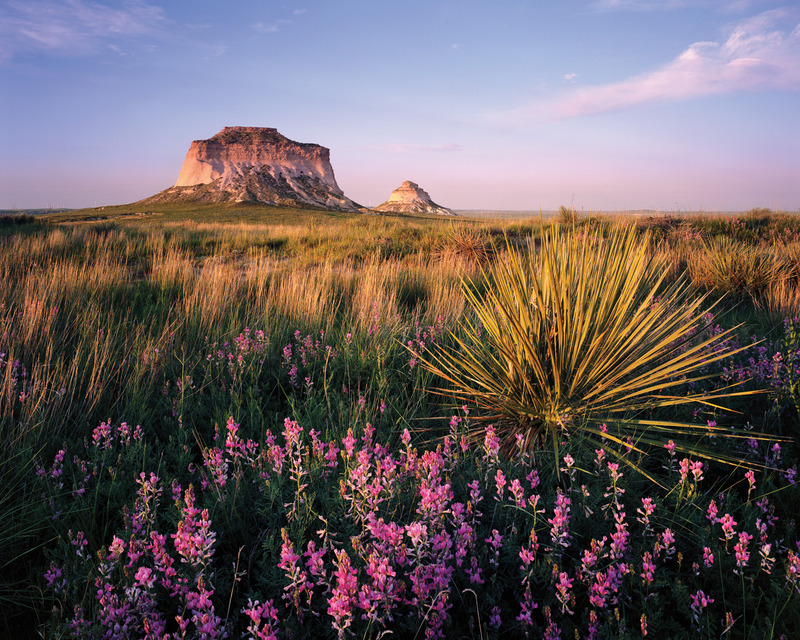The Local newsletter is your free, daily guide to life in Colorado. For locals, by locals.
Colorado is plenty proud of its peaks, slapping the Rockies on everything from license plates to cans of Coors Light. This month, though, the prairie finally steps out from the mountains’ shadows. On May 17, the U.S. Forest Service will air a webcast called GrasslandsLive from the Pawnee National Grassland—a virtual field trip organizers expect to reach 80,000 students spread from Washington, D.C., to Ciudad Juárez, Mexico. “Everyone knows about Colorado’s mountains and forests, but the grasslands are underexposed,” says the Forest Service’s Lynne Deibel, who manages Pawnee’s wildlife program. “We want people to look beyond the vast openness and see what is actually out here.”

What’s out there, about 35 miles east of Fort Collins, is 193,000 acres of rolling prairie punctuated by gorgeous siltstone and sandstone buttes. The diverse landscape hosts everything from hiking and camping to oil and gas drilling. Those in the know regard Pawnee as a world-class birding destination, home to species like the mountain plover, the lark bunting (Colorado’s state bird), the long-billed curlew, and the cute and curious burrowing owl, which shacks up in prairie dog tunnels. Prairie birds rely on healthy grasslands to find food, build nests, and hide from predators. But thanks to encroaching urban areas and farmland, the country is losing about two percent of its grasslands each year, according to the World Wildlife Fund. That has taken a toll on our avian friends: Species such as the Baird’s sparrow have seen their populations dwindle by more than two-thirds since the 1960s.
A flock of a different feather, however, will serve as the star of GrasslandsLive. Fifth-graders from the Dos Rios Elementary School in Evans who have been studying grasslands ecology all year will fan out across the prairie equipped with binoculars to count birds and record their findings in eBird, an online database maintained by the Cornell Lab of Ornithology. The webcast will intersperse footage of their pursuit with clips of scientists expounding upon topics such as Pawnee’s prehistoric past. Fossils unearthed there include bones from a rhinolike creature called the brontothere (aka “thunder beast”), which sometimes grew to more than eight feet tall. That’s the sort of interesting tidbit sure to convince people that, in Colorado, the plains are anything but ordinary.
Tune in: May 17, 11 a.m. to 12 p.m. or online.









